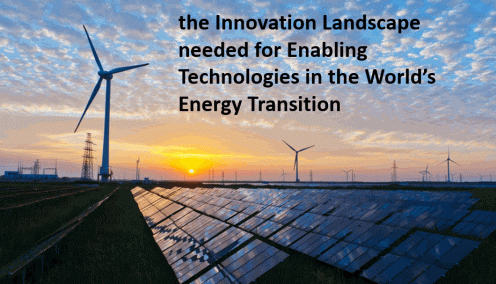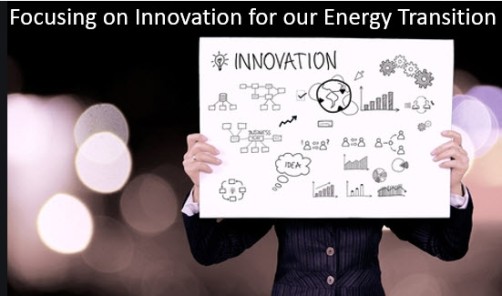
“Making something harmonious” often means we have to reconcile differences to balance out the tensions and issues to enable and make them compatible to work.
“Fusing” human engagement with technology enablement involves creating a harmonious integration of human collaboration and technological tools to enable an ecosystem’s successful development and operation. Is that possible?
How do we go about evaluating all the possible needs of customers, as they are mostly our success arbitrators? We must gain insights and refer through multiple information sources- digital data and direct human responses – than ever before; these insights are becoming essential to our businesses.
Calibrating the right way to use technology to create mutual benefit is an increasing theme across businesses, which means we need high levels of interdependence.
Continue reading “Fusing Human and Technology to Enable Innovation Ecosystems to Thrive”







